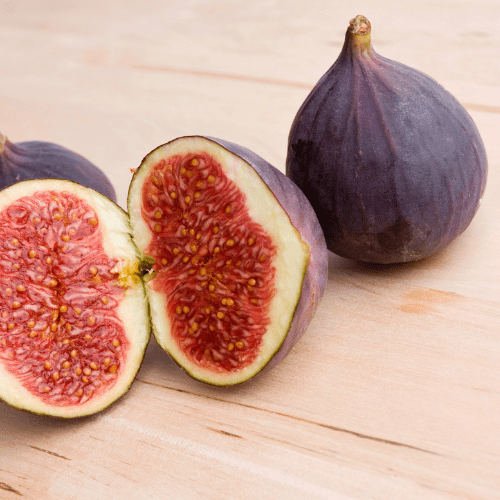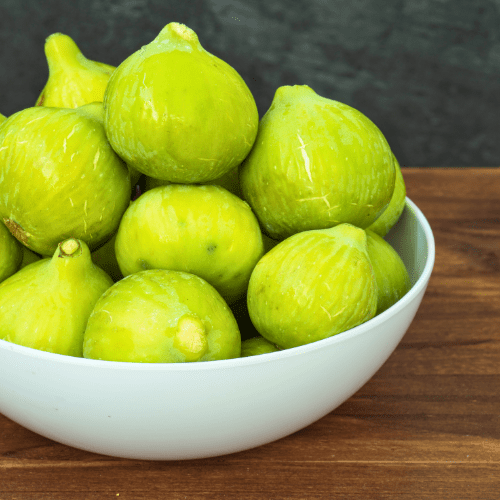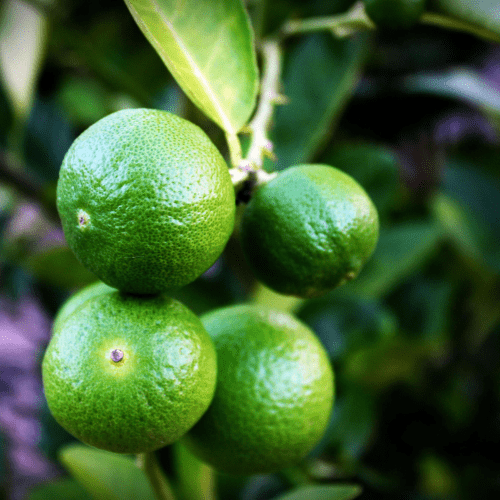Position
Full sun is required for good fruit setting. Plant your fig tree at least 5 to 6 metres away from any buildings or other trees to allow its roots and canopy to spread comfortably.
Size
Most mature fig trees grow to about 6 to 8 metres tall, with a similar spread.
Soil Type
Fig trees can grow in most types of soil as long as the soil is well-drained and contains plenty of organic material. They do not like acidic soil, so use ordinary organic compost to keep the pH up.
Watering
Water your fig tree every second day after transplanting it. Thereafter, it will need a good soaking once a week if there has been no rain.
Mulch
Mulch well to help prevent weeds and keep moisture for the roots. Use organic mulch like grass cuttings, wood chips or straw.
Pruning
It’s best to prune your tree during the winter by removing suckers growing on its base. Cut away dead and diseased wood. The main branches can also be cut back.
Fertilising
Fig trees are so easy to grow and rarely need fertilising. A fig tree that gets too much nitrogen produces less fruit and is more susceptible to cold weather damage. Use a general-purpose fertiliser with an analysis of 8-8-8 or 10-10-10. If the tree does not fruit properly, you are possibly overfeeding it, and if not, try our slow-release all plant fertiliser Apply 1 teaspoon every 4-5 months, your tree will absorb what it requires.
Harvesting
Figs don’t ripen once picked, so be sure they are ready to enjoy before plucking them. Generally, they are ready to pick once they hang down and are not perpendicular to the stem. They will also change colour as they ripen (the colour depends on the species).






